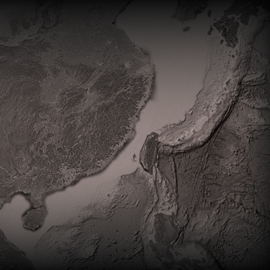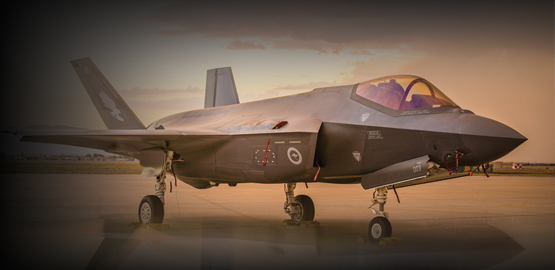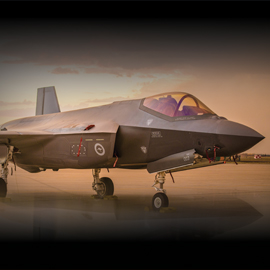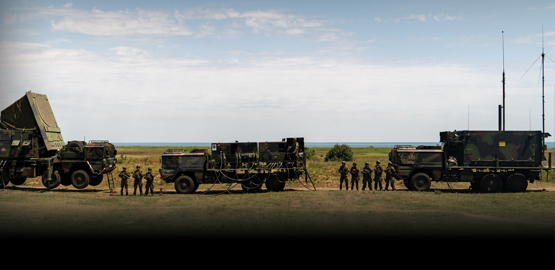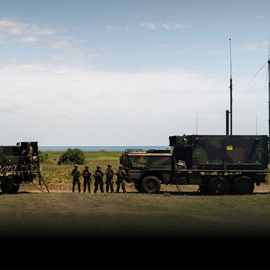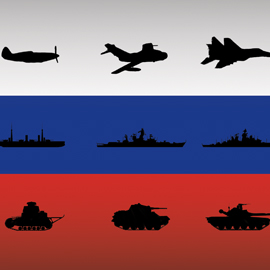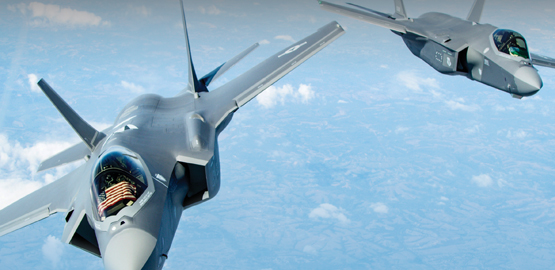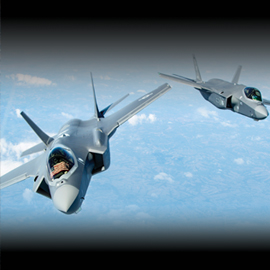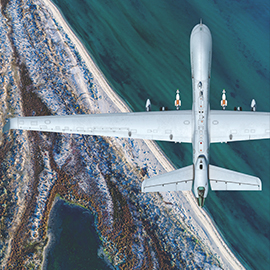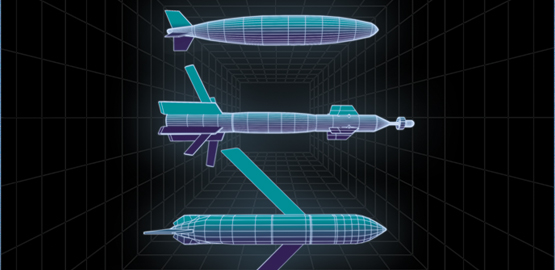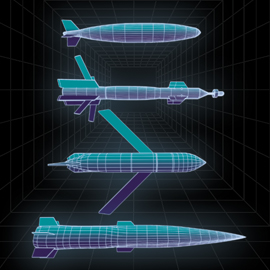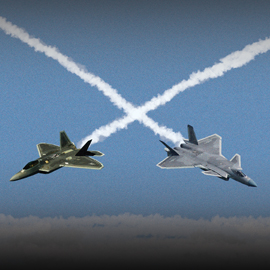Publications
"Nobody does defense policy better than CSBA. Their work on strategic and budgetary topics manages to combine first-rate quality and in-depth research with timeliness and accessibility—which is why so many professionals consider their products indispensable." – Gideon Rose, Editor of Foreign Affairs, 2010-2021
Language and Cultural Awareness Transformation
In order to assess the value of any particular piece of equipment or form of training, it is necessary to have a sense of what tasks the armed forces will be asked to perform, and where they will be operating in the years to come. During the 45 year-long Cold War the U.S. military focused primarily on structuring, training and equipping itself for conventional combat against the Soviet Union and its allies on the European continent and at sea.
Reshaping America’s Alliances for the Long Haul
The United States currently faces a host of critical foreign and defense policy challenges, including the wars in Afghanistan and Iraq, instability in Pakistan and the reconstitution of an operational sanctuary for key elements of al Qaeda and the Taliban in parts of that country, Iran’s development of an indigenous uranium enrichment capability and perhaps a nuclear weapons program as well, a resurgent Russia that is increasingly authoritarian at home and assertive abroad, and China’s ongoing development and deployment of advanced military capabilities. In addition to managing these current conflicts and potential crises, the President and his advisors will also be responsible for decisions that will shape US defense strategy and force structure for years and possibly even decades to come. Because the dangers the United States now faces are so numerous and so demanding, one of the most critical tasks for the Obama administration will be to reassess and reshape America’s military alliances.
Somali Piracy: Not Just a Naval Problem
The hijacking of the 17,000 ton container ship Maersk Alabama off the Indian Ocean coast of Somalia on April 8th, 2009 was the first occasion when a US-flagged ship with a US crew had been captured by Somali pirates. If this had been an ordinary ship the expectation would have been that the ship and its crew would have been held for months beyond hope of rescue or retaliation waiting for a substantial ransom to be paid. Thanks to the effort that Maersk Lines had put into planning for such an eventuality, the courage and determination of the American crew in recapturing their ship, and the accuracy of the sharpshooters firing from the moving deck of the USS Bainbridge who killed three of the pirates holding the ship’s captain, Richard Phillips, in a lifeboat, this was not an ordinary hijacking. Instead, it was one of the shortest ever recorded.
The Project on National Security Reform: Challenges and Requirements
As we begin a new administration, we are sobered by the security challenges that have emerged in recent years: the attacks of 9/11; the deployment of U.S. troops to Iraq and Afghanistan; the erosion of barriers to nuclear proliferation; and the rapid rise of China and resurgence of Russia. Not surprisingly, there is considerable interest in what organizational changes the new administration might make in order to better meet these challenges. However, before undertaking such an enterprise, the new administration would be wise to craft a sound national security strategy to guide and inform any executive branch reorganization. Anything less would be putting the cart before the horse.
The Challenges to U.S. National Security
The United States is currently in a situation comparable to the one it confronted in the early days of the Cold War, when US civilian and military leaders were faced with a new and daunting challenge in the form of the Soviet Union. To address this challenge, a long-term national strategy to preserve American security was developed. In the aftermath of the Soviet Union’s collapse, the United States entered a period of relative calm — a “unipolar moment” in which its power was unrivaled and emerging threats to its security had not yet fully formed. Unfortunately, that period has been succeeded by a more dangerous era, as the United States now confronts several formidable challenges that may grow even more threatening in the years to come. The purpose of this report is to provide an overview of the three existing and emerging strategic challenges that are most likely to preoccupy senior decision-makers in the coming years:
Dissuasion Strategy
In the 2001 Quadrennial Defense Review (QDR), Secretary of Defense Donald Rumsfeld introduced the concept of dissuasion, citing it as one of the “four key goals that will guide the development of US forces and capabilities, their deployment and use.” This view was subsequently confirmed in both The National Defense Strategy of the United States, published in 2005, and the 2006 QDR. Yet despite its apparent prominence in US defense planning, there is significant uncertainty and even confusion regarding a number of key issues: What exactly is dissuasion, and how does it differ from deterrence? How can the United States operationalize dissuasion; that is, what types of instruments can be used to dissuade both opponents and allies alike? Finally, what are the main impediments to a successful dissuasion strategy, and how can they be overcome? This report addresses each of these issues.

